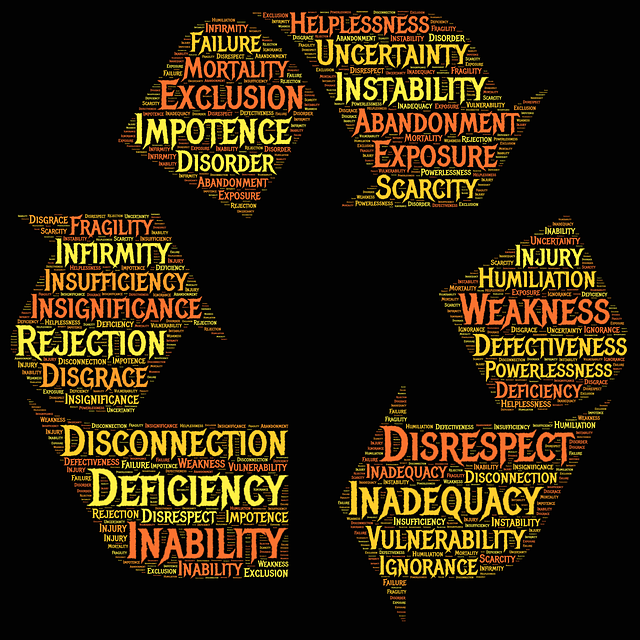Shamash Alidina, co-author of Mindfulness at Work for Dummies, suggests that one way to be mindful at work is to change our mindset. In discussing how to grow mindfulness in a work situation, he identifies two key aspects that relate to our attitude or mental state – self-acceptance and a growth perspective.
The acceptance mindset
Accepting things the way they are in the first instance is a fundamental aspect of mindfulness. Diana Winston reinforces the concept of acceptance in her definition of mindfulness:
Mindfulness is about paying attention to our present moment experiences with openness and curiosity and a willingness to be with what is.
This means being in the moment with “what is”, accepting what you cannot change, and taking steps to address what can and should be changed. Fundamental to this mindset is self-acceptance.
If we have made a mistake or overlooked something that should have been addressed, instead of “beating up on ourselves”, we can accept the situation and our role in the outcome and move forward. If something “unfair” happens to us, we have the choice of carrying resentment and consuming wasted energy, or accepting the reality of what happened, however painful. This radical acceptance does not mean agreeing with what has happened but accepting reality as it is, accepting the things that we cannot change.
This self-acceptance is fundamental to a growth mindset, because it starts with the acknowledgement and acceptance that we are not perfect, that we make mistakes, and have some deficiencies in knowledge and understanding.
The growth mindset
While accepting “what is” means not fighting against the reality of our own incompleteness, it does not mean accepting what we can change. One thing we can change is ourselves – we can be open to developing our knowledge, skills, perspectives and attitudes.
This growth mindset is reinforced by the recent neuroscience discovery in the area of the neuroplasticity of the mind – the ability of the mind to change and adjust throughout our life. It means that our brains are not fixed in our childhood or adolescent years, but can change neural pathways and connections as our brain absorbs and responds to new experiences and stimuli. The starting point is openness to this possibility – a growth mindset.
A growth mindset, translated into the workplace, means a focus on continuous personal development, a willingness to learn from our experiences through reflection, a readiness to accept and seek critique of our words and actions, and openness to new experiences and challenges.
As we grow in mindfulness through reflection and mindfulness practice, we can develop both an acceptance mindset and a growth mindset. These mental states, in turn, build mindfulness – our ability to be fully aware with “what is” in the present moment.
By Ron Passfield – Copyright (Creative Commons license, Attribution–Non Commercial–No Derivatives)
Image source: courtesy of johnhain on Pixabay
Disclosure: If you purchase a product through this site, I may earn a commission which will help to pay for the site, the associated Meetup group and the resources to support the blog.





